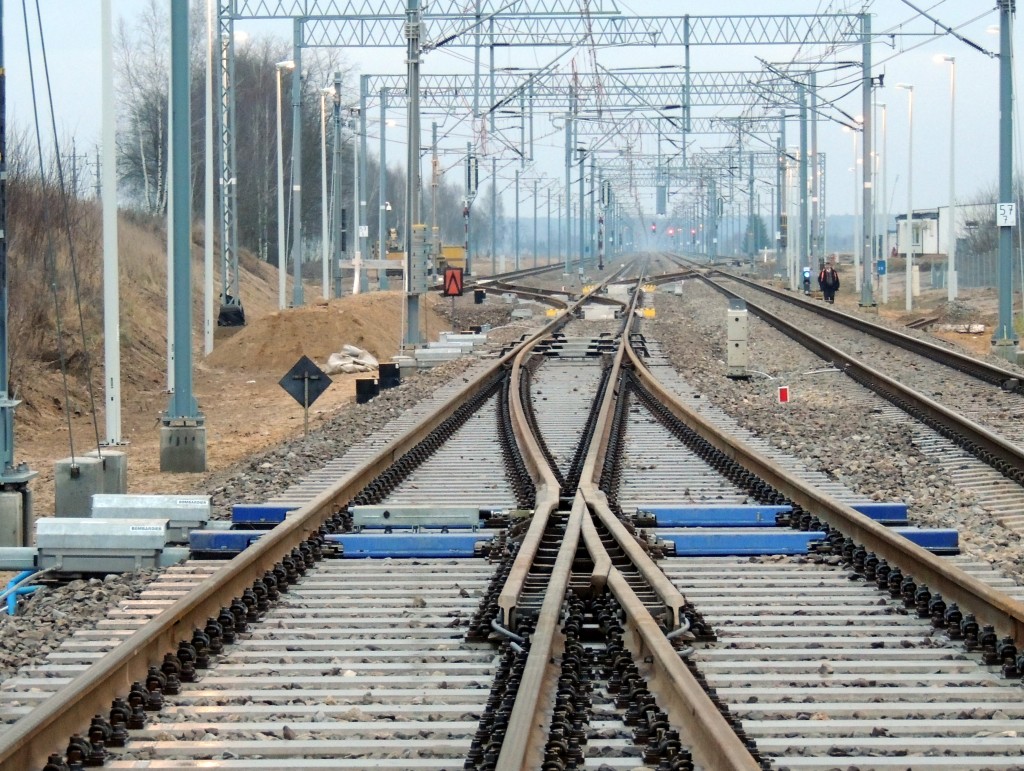When is the investment boom coming?
Last year was difficult for the infrastructure industry. 2017 may be no easier if the market transition from low orders to an investment boom means that jointly-developed industry security will not work properly.
 Last year was extremely difficult for companies involved in rail infrastructure investments. It could not have been otherwise, since of the PLN 7 billion of PKP PLK’s capital expenditures planned for mid-2015, only slightly over half was put to use. The delayed implementation of the current budget perspective resulted in the appearance of unfavourable symptoms – a contract price war, collective redundancies in many construction and production companies, reduction of expenditure on innovation and modernization of the plant and machinery. The decrease in orders year on year within particular industries reached up to 40-50 percent. This certainly didn’t help to strengthen an industry at the dawn of the great task to effectively convert over 66 billion PLN into good railway infrastructure by 2023.
Last year was extremely difficult for companies involved in rail infrastructure investments. It could not have been otherwise, since of the PLN 7 billion of PKP PLK’s capital expenditures planned for mid-2015, only slightly over half was put to use. The delayed implementation of the current budget perspective resulted in the appearance of unfavourable symptoms – a contract price war, collective redundancies in many construction and production companies, reduction of expenditure on innovation and modernization of the plant and machinery. The decrease in orders year on year within particular industries reached up to 40-50 percent. This certainly didn’t help to strengthen an industry at the dawn of the great task to effectively convert over 66 billion PLN into good railway infrastructure by 2023.
“Our observations show that the above-mentioned situation in the railway investment sector will last for at least a few months of the new year, and the first signs of recovery should be visible in the second half of 2017.” says Ryszard Leszczyński, CEO of the Kolejowe Zakłady Nawierzchniowe “Bieżanów”. “Open communication channels in the industry are a good sign for the future. Although the government bodies, railway managers, contractors and suppliers approach the investment process from different positions, they have a common goal – to effectively spend all EU funds.” he adds.
In fact, the change in the approach of government and railway industry decision makers to contacts with industry representatives is noticeable. Throughout the previous year, a new model of more open cooperation was developing, the effect of which was, among others, to facilitate procedures related to testing sites allowing faster certification of new products; an update to the National Railway Program – resulting, among others, in making the tasks and average annual expenses of PKP PLK more realistic, as well as implementing the railway points system program; development of the so-called sub-clause 14.5 as part of the Investment Forum allowing for significant deduction of expenditures for the purchase of materials and for the early start-up of production and delivery processes; or the appointment of the Board of Experts for railway investments by Minister Andrzej Adamczyk. These are necessary mechanisms, but their effectiveness will only be apparent when the market actually starts to accelerate.
An important task is that the accelerating investment market would not negatively influence the observed growth of passenger transport and at the same time positively stimulate the still-decreasing transport of freight. This will be a truly challenging attempt to combine water with fire, i.e. to start large-scale works that will have impact on carriers in the least possible way. The tool is to be, among others, efficient logistics of material supplies, which will largely determine the success or failure of the implementation of the entire KPK. And the reason to trigger the above-mentioned sub-clause 14.5 was to ensure that deliveries to construction sites scattered all over Poland do not choke the railway network – and thus flatten the investment boom. Ordering in advance, paying for and transporting materials, using unlocked railway detours and storage sites will help reduce the difficulties of the delivery process. As part of the current investment process, advanced logistics will also include railway turnout designs. From the point of view of the KZN Bieżanów – a leading manufacturer of railway turnouts and the owner of the technology for transporting and unloading railway turnouts in blocks (Switcher), the introduction of the Id114 instruction by PKP PLK is of great importance, and it requires from contractors to deliver railway turnouts in blocks – which, on one hand, will ensure their high quality and durability, increasing safety and reducing operating costs; and on the other, can significantly accelerate the process of their installation on tracks.
“I hope that current, often extraordinary mechanisms and actions taken to save billions of EU subsidies for railway infrastructure will give the whole industry food for thought. By solving the problems related to the effective spending of resources under the current KPK, it is necessary to immediately start real preparations for the period after 2023. In view of the vague prospects of financing from the EU, an investment program based on expenditures from the state budget should be prepared at the same time. We should also not forget about the urgent need to launch a maintenance program along with financial guarantees, otherwise the newly modernized infrastructure will quickly deteriorate. One thing is certain – we cannot allow the “empty drawers” syndrome to appear in the railway industry again.” says Mr. Leszczyński.



